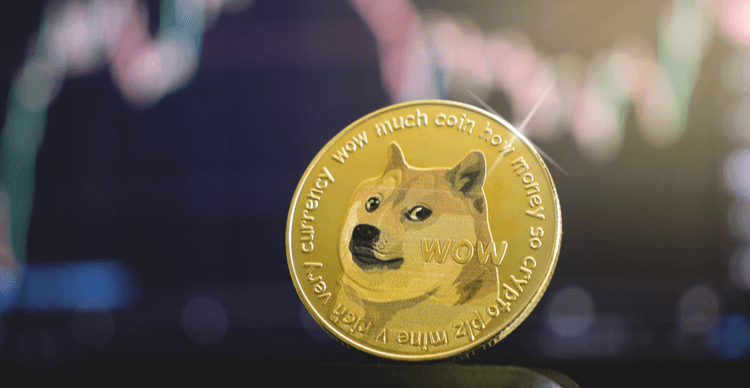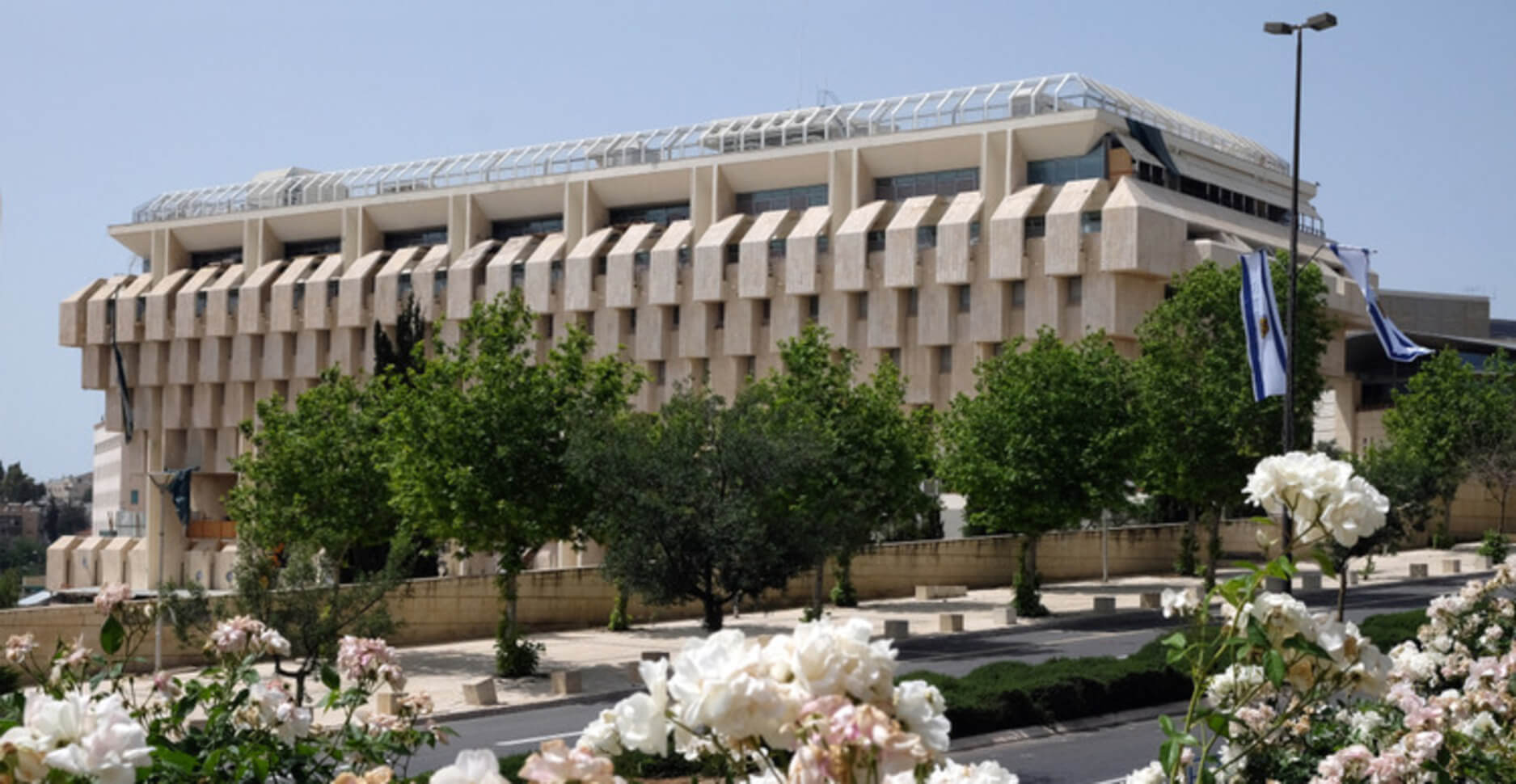In an era where digital transformation is accelerating rapidly, the concept of web sustainability is becoming increasingly vital. As the internet continues to evolve and expand, the environmental impact of web technologies is gaining attention. Web sustainability is about creating and maintaining digital spaces that minimize their ecological footprint, reduce resource consumption, and promote long-term environmental health. This comprehensive guide will explore the key principles of web sustainability, its importance, and actionable strategies for implementing sustainable practices in web design and development.
Understanding Web Sustainability
Web sustainability refers to practices and strategies aimed at reducing the environmental impact of web technologies. This includes minimizing energy consumption, reducing carbon footprints, and promoting resource efficiency throughout the lifecycle of a website or web application. The goal is to create a more sustainable digital environment that supports both the needs of users and the health of our planet.
The Environmental Impact of the Web
The internet has become an integral part of daily life, but it comes with environmental costs. Data centers, which store and process the vast amounts of data transmitted across the web, consume significant amounts of electricity. This energy is often derived from non-renewable sources, contributing to carbon emissions. Additionally, the growth of web traffic and data storage demands places increasing pressure on these facilities.
Other factors contributing to the environmental impact of the web include:
Data Transmission: The process of transferring data across networks involves energy use. High-resolution images, video streaming, and large file transfers consume more energy and bandwidth.
Device Usage: The energy consumed by end-user devices, such as smartphones, tablets, and computers, also contributes to the overall environmental footprint of web activities.
Server Efficiency: The efficiency of servers and data centers in handling web requests affects their energy consumption. Inefficient servers and outdated technology can lead to higher energy usage.
The Importance of Web Sustainability
Adopting web sustainability practices is crucial for several reasons:
Environmental Impact: By reducing the energy consumption and carbon footprint of web technologies, we can help mitigate climate change and promote environmental conservation.
Resource Efficiency: Sustainable web practices encourage the efficient use of resources, such as reducing data storage needs and minimizing waste.
Cost Savings: Energy-efficient practices can lead to cost savings for businesses by lowering electricity bills and improving operational efficiency.
User Experience: Faster-loading, optimized websites provide a better user experience and can lead to higher engagement and satisfaction.
Regulatory Compliance: As regulations around environmental impact become more stringent, adopting sustainable practices can help ensure compliance and avoid potential penalties.
Strategies for Implementing Web Sustainability
Implementing web sustainability involves adopting various strategies that address different aspects of web design, development, and management. Here are key strategies for promoting sustainability in the digital realm:
1. Optimize Web Performance
Reducing Load Times: Optimize images and videos to reduce their size without compromising quality. Compress files and use modern formats like WebP for images and AVIF for videos. Implement lazy loading to ensure that media is only loaded when visible to the user.
Efficient Coding Practices: Write clean, efficient code to reduce the amount of processing power required. Minimize the use of unnecessary scripts and plugins, and optimize CSS and JavaScript files.
Content Delivery Networks (CDNs): Utilize CDNs to distribute content across multiple servers, reducing the load on any single server and decreasing latency. CDNs can also improve load times and reduce energy consumption.
2. Choose Green Hosting Providers
Renewable Energy: Select hosting providers that use renewable energy sources to power their data centers. Many green hosting companies are committed to sustainability and offer carbon-neutral services.
Energy-Efficient Data Centers: Look for hosting providers that operate energy-efficient data centers with advanced cooling and power management technologies.
Eco-Friendly Practices: Choose providers that implement environmentally friendly practices, such as recycling and waste reduction initiatives.
3. Design for Efficiency
Minimalist Design: Adopt a minimalist design approach that focuses on essential content and functionality. Avoid clutter and excessive use of large images or animations that can increase data usage.
Responsive Design: Ensure that websites are optimized for various devices and screen sizes. Responsive design reduces the need for separate mobile and desktop versions, streamlining content delivery and reducing energy consumption.
Dark Mode: Implement dark mode options for websites, which can reduce power consumption on OLED and AMOLED screens by decreasing the brightness of pixels.
4. Improve Server Efficiency
Server Optimization: Regularly update and maintain servers to ensure they operate efficiently. Use load balancing to distribute traffic evenly and reduce the strain on individual servers.
Virtualization: Utilize server virtualization to consolidate multiple virtual servers onto a single physical server, improving resource utilization and reducing energy consumption.
Green Data Centers: Support and invest in data centers that prioritize energy efficiency and sustainability practices.
5. Promote Sustainable Web Practices
Education and Awareness: Educate clients, colleagues, and users about the importance of web sustainability and encourage them to adopt eco-friendly practices.
Sustainable Development Goals: Align web projects with global sustainability goals, such as the United Nations Sustainable Development Goals (SDGs), to contribute to broader environmental and social objectives.
Continuous Improvement: Regularly assess and update web sustainability practices to stay current with emerging technologies and best practices.
Case Studies of Sustainable Web Design
1. Greenpeace: Greenpeace’s website is designed with sustainability in mind, featuring optimized images and efficient coding practices. The organization also uses green hosting providers to minimize its environmental impact.
2. The Shift Project: The Shift Project, a think tank focused on energy transition, employs minimalist design principles and efficient web practices to reduce data usage and server load.
3. Mozilla: Mozilla’s website emphasizes sustainability through its commitment to using renewable energy and optimizing web performance for energy efficiency.
FAQ
What is web sustainability?
- Web sustainability refers to practices aimed at reducing the environmental impact of web technologies by minimizing energy consumption, reducing carbon footprints, and promoting resource efficiency.
Why is web sustainability important?
- It helps mitigate climate change, promotes resource efficiency, reduces operational costs, improves user experience, and ensures compliance with environmental regulations.
How can I optimize my website’s performance for sustainability?
- Reduce load times by optimizing images and videos, write efficient code, use content delivery networks (CDNs), and implement lazy loading.
What are green hosting providers?
- Green hosting providers use renewable energy sources, operate energy-efficient data centers, and implement eco-friendly practices to minimize their environmental impact.
What is minimalist design, and how does it contribute to sustainability?
- Minimalist design focuses on essential content and functionality, reducing the need for large files and excessive data usage, which in turn lowers energy consumption.
How does responsive design support web sustainability?
- Responsive design ensures that websites are optimized for various devices, reducing the need for separate mobile and desktop versions and streamlining content delivery.
What is dark mode, and how does it affect energy consumption?
- Dark mode reduces the brightness of pixels on OLED and AMOLED screens, leading to lower power consumption and extended battery life for devices.
How can I choose a green hosting provider?
- Look for hosting providers that use renewable energy, operate energy-efficient data centers, and implement sustainable practices.
What is server virtualization, and how does it improve sustainability?
- Server virtualization consolidates multiple virtual servers onto a single physical server, improving resource utilization and reducing energy consumption.
How can I promote web sustainability in my organization?
- Educate colleagues and clients, align projects with sustainable development goals, and continuously assess and update web practices to incorporate the latest sustainability technologies and best practices.
By understanding and implementing web sustainability practices, you can contribute to a healthier planet while creating efficient, user-friendly digital experiences. Embracing sustainability in web design and development not only benefits the environment but also enhances the overall performance and impact of your online presence.
Get in Touch
Website – https://www.webinfomatrix.com
Mobile - +91 9212306116
Whatsapp – https://call.whatsapp.com/voice/9rqVJyqSNMhpdFkKPZGYKj
Skype – shalabh.mishra
Telegram – shalabhmishra
Email - info@webinfomatrix.com

.jpg)







 English (US) ·
English (US) ·